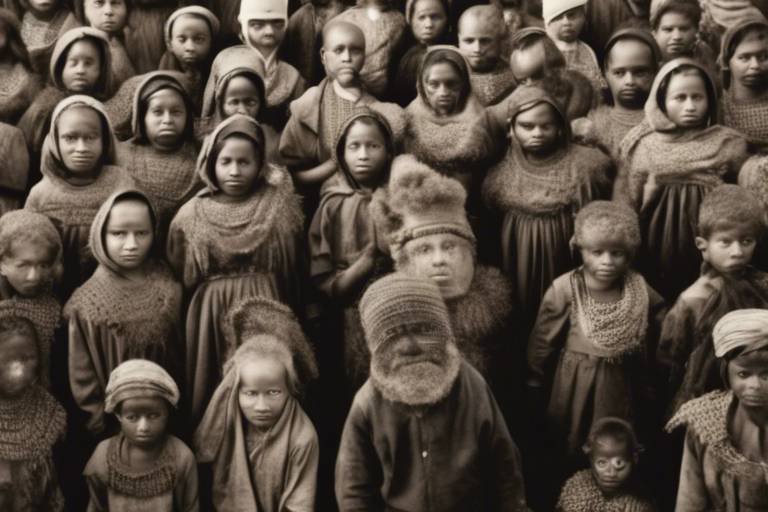The Relationship Between Politics and Religion in Ancient Rome
Exploring the intricate connections and influences between the political and religious spheres in the ancient Roman civilization unveils a fascinating tapestry of beliefs and governance interwoven to shape society and power structures. In ancient Rome, politics and religion were not separate entities but rather intricately linked forces that influenced every aspect of life.
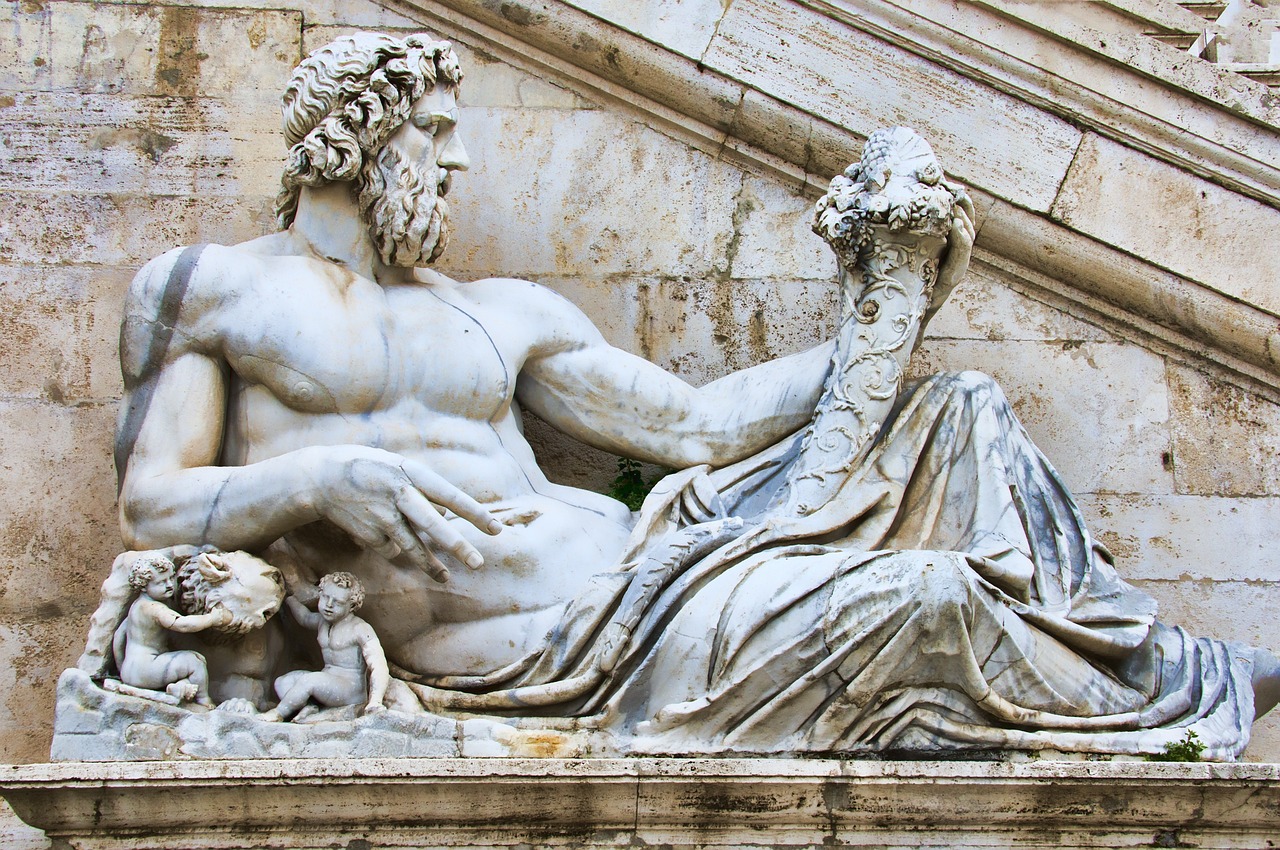
Religious Practices in Ancient Rome
Exploring the intricate connections and influences between the political and religious spheres in the ancient Roman civilization, shedding light on how beliefs and governance intertwined to shape society and power structures.
In ancient Rome, religious practices were an integral part of daily life, permeating various aspects of society. The Romans believed in a pantheon of gods and goddesses, each overseeing different aspects of life and nature. Rituals and ceremonies were conducted to honor and appease these deities, seeking their favor and protection.
The role of priests, known as pontiffs, was crucial in maintaining spiritual connections with the gods. They officiated ceremonies, interpreted omens, and advised political leaders on matters concerning religious practices. The pontiffs played a significant role in ensuring the harmony between the divine and mortal realms.
Public festivals and celebrations were common in ancient Rome, with elaborate ceremonies dedicated to different gods. These events served not only as religious observances but also as opportunities for social interaction and community bonding. The Romans believed that participating in these rituals reinforced their connection with the divine and fostered unity among the people.
Examining the political institutions in ancient Rome, such as the Senate, consuls, and emperors, and how they interacted with religious beliefs and practices to maintain control and authority.
Discussion on the deification of emperors in ancient Rome, exploring how political leaders were elevated to divine status and the impact of this practice on the relationship between politics and religion.
Analysis of the state religion in ancient Rome, focusing on public ceremonies, sacrifices, and the role of religion in promoting unity, loyalty, and social order within the empire.
Exploring the conflicts and competition between different religious sects in ancient Rome, including the tensions between traditional Roman beliefs, imported cults, and emerging mystery religions.
Investigating instances of divine intervention in political affairs in ancient Rome, such as prophecies, omens, and the use of oracles to guide decision-making and justify actions of rulers.
Examining the dynamics of religious persecution in ancient Rome, including the suppression of certain cults, the persecution of Christians, and the use of state power to enforce religious conformity.
Reflecting on the enduring legacy of the relationship between politics and religion in ancient Rome, and how it continues to influence contemporary discussions on governance, belief systems, and societal norms.
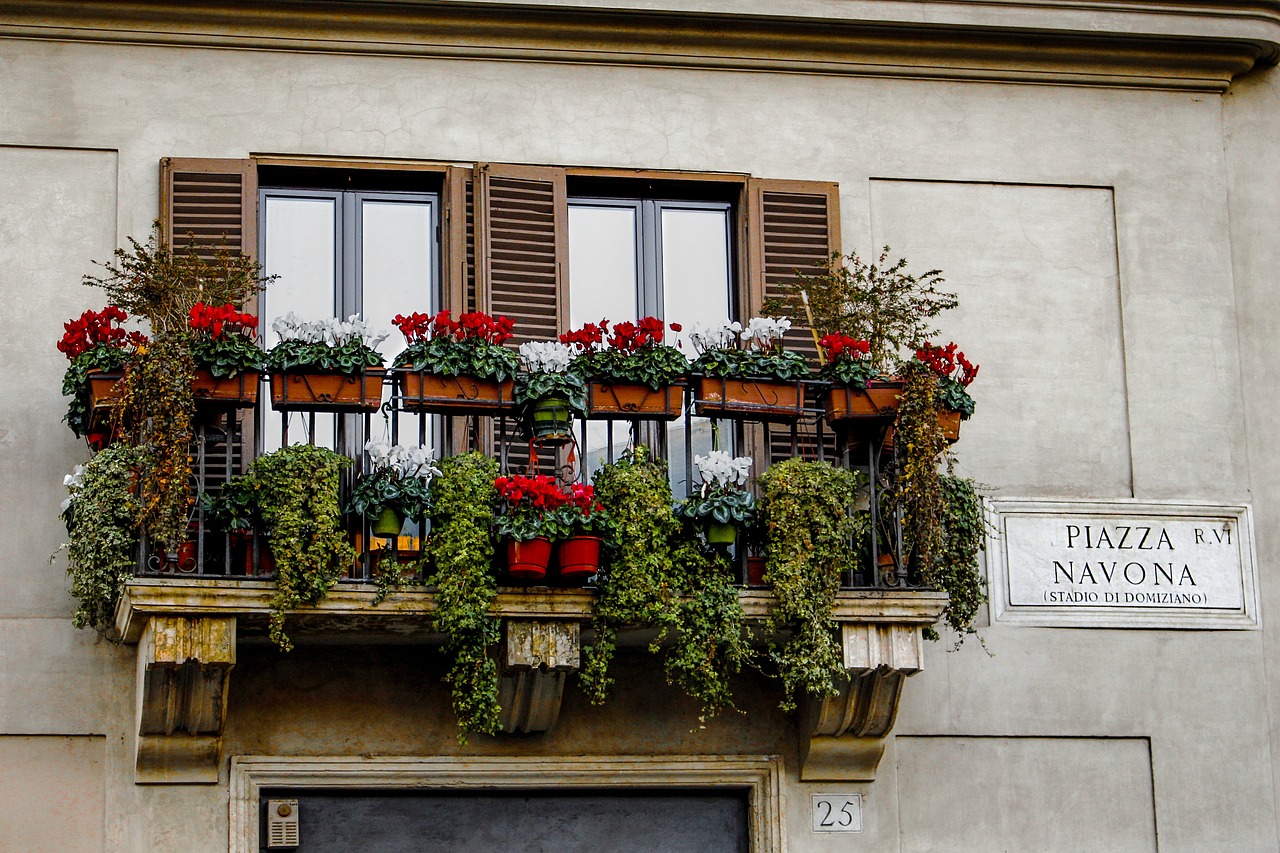
Political Institutions and Governance
In ancient Rome, political institutions and governance played a crucial role in shaping the power dynamics and societal structure of the civilization. At the heart of the Roman political system was the Senate, a governing body composed of elite members of society who advised magistrates and shaped legislation. The consuls, elected annually, held executive power and were responsible for leading military campaigns and presiding over the Senate meetings. Additionally, the emperors, especially during the imperial period, wielded immense authority over the Roman state, consolidating both political and military control.
These political institutions intersected with religious beliefs and practices in various ways. For instance, the Roman state religion often intertwined with political ceremonies and public rituals, reinforcing the authority of the ruling class and promoting social cohesion. The emperors, in particular, utilized religious symbolism to legitimize their rule, with some even being deified after their death to solidify their divine status and secure loyalty from the populace.
Moreover, the governance of ancient Rome was not devoid of conflicts and power struggles. Rivalry between political factions, such as the Optimates and the Populares, frequently led to political unrest and even civil wars. These internal divisions sometimes spilled over into the religious sphere, as different factions sought to align themselves with specific gods or cults to gain favor and support.
Overall, the political institutions and governance of ancient Rome were deeply intertwined with religious beliefs and practices, shaping the social fabric and power dynamics of the civilization. The intricate balance between political authority and religious influence created a complex tapestry that defined the Roman society and continues to fascinate historians and scholars to this day.
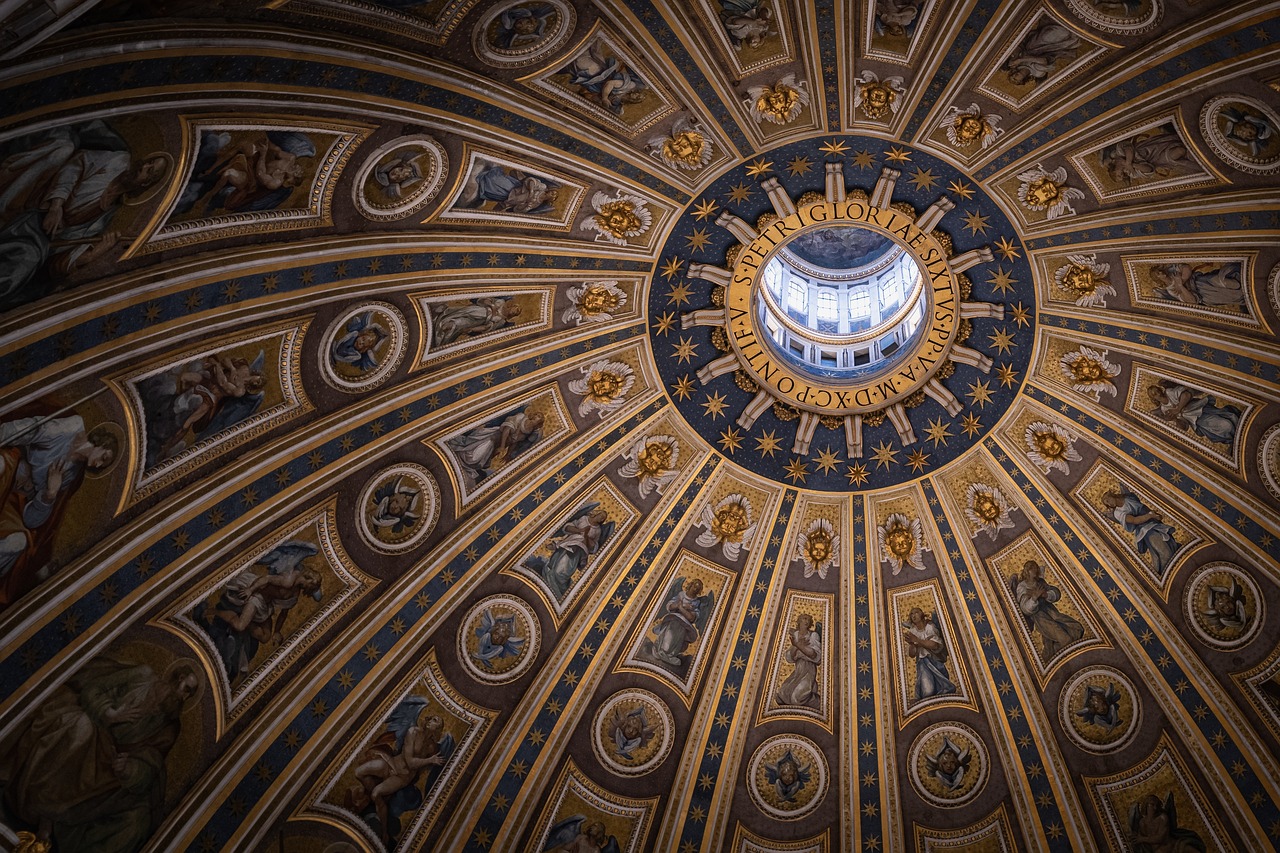
Deification of Emperors
During the ancient Roman civilization, the deification of emperors played a significant role in the intertwining of politics and religion. Emperors were not only seen as political leaders but also as divine figures, elevating their status to that of gods. This practice of deification served to legitimize their authority and reinforce the idea of imperial power as ordained by the gods themselves.
Emperors were often portrayed in art and architecture in a divine light, with temples and statues dedicated to their worship. The cult of the emperor, known as the imperial cult, required subjects to show loyalty and reverence to the ruler as a deity, further solidifying the connection between political power and religious belief.
Through the deification of emperors, the Roman state sought to maintain control over the population by promoting the idea of imperial divinity and divine right to rule. This practice not only enhanced the authority of the emperors but also fostered a sense of unity and loyalty among the people towards the imperial regime.
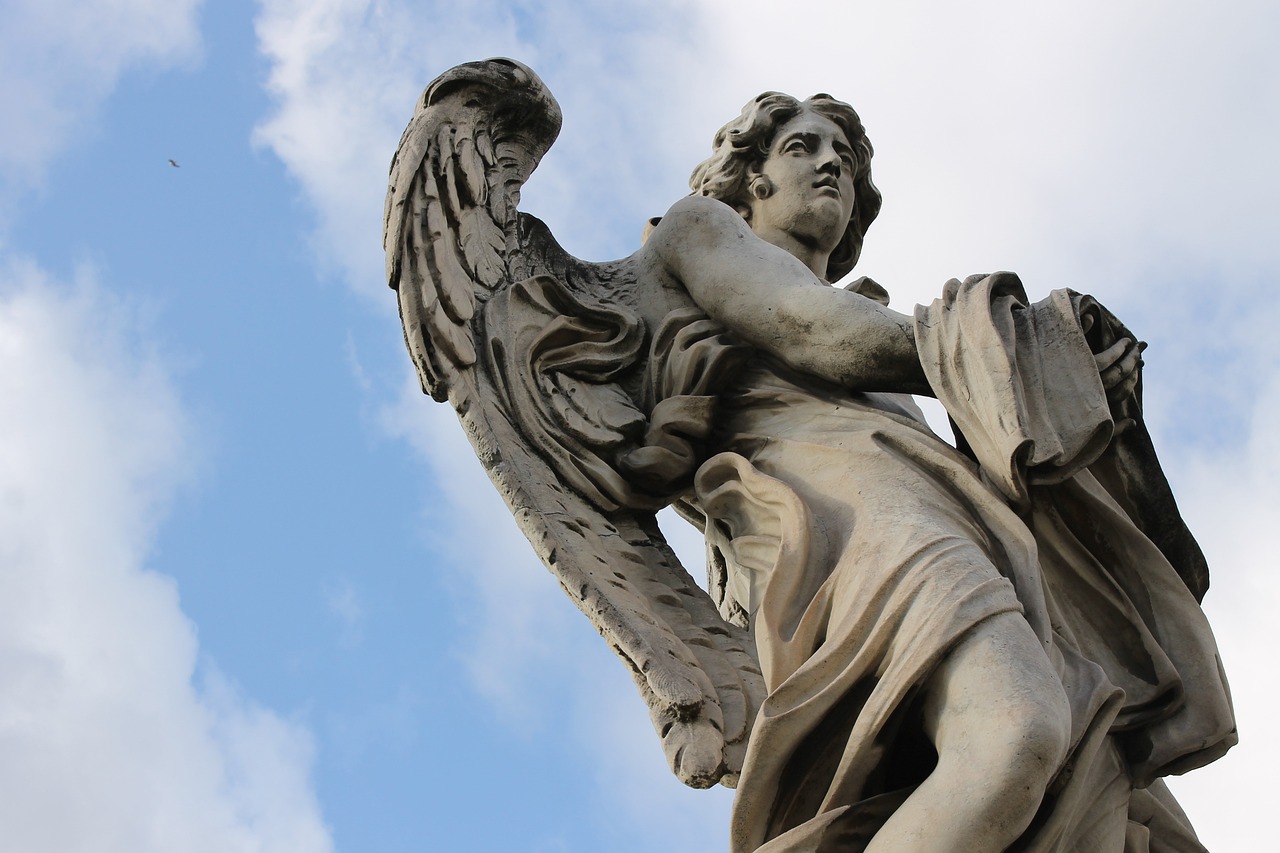
State Religion and Public Ceremonies
State religion played a pivotal role in ancient Rome, serving as a unifying force that bound together the diverse population of the empire. The official religion of Rome was polytheistic, with a pantheon of gods and goddesses that represented various aspects of life and nature. Public ceremonies, known as publica sacra, were held regularly to honor these deities and seek their favor for the prosperity and protection of the state.
One of the most significant public ceremonies in ancient Rome was the Ludi Romani, or Roman Games, held in honor of Jupiter, the king of the gods. These games included chariot races, gladiatorial contests, and theatrical performances, attracting huge crowds and fostering a sense of community and shared identity among the Roman citizens.
The Vestal Virgins, priestesses dedicated to the goddess Vesta, played a crucial role in maintaining the sacred fire that symbolized the eternal flame of Rome. Their rituals and ceremonies were central to the religious life of the city and were believed to ensure the protection and prosperity of Rome.
Religious festivals, such as the Lupercalia and the Saturnalia, provided opportunities for the Romans to come together in celebration and participate in rituals that reinforced social bonds and affirmed their connection to the divine. These festivals often involved feasting, music, and processions through the streets of Rome.
The Pontifex Maximus, the high priest of Rome, oversaw the religious practices of the state and played a key role in organizing and officiating at public ceremonies. The pontiffs were responsible for interpreting omens, performing sacrifices, and ensuring that the religious traditions of Rome were upheld.
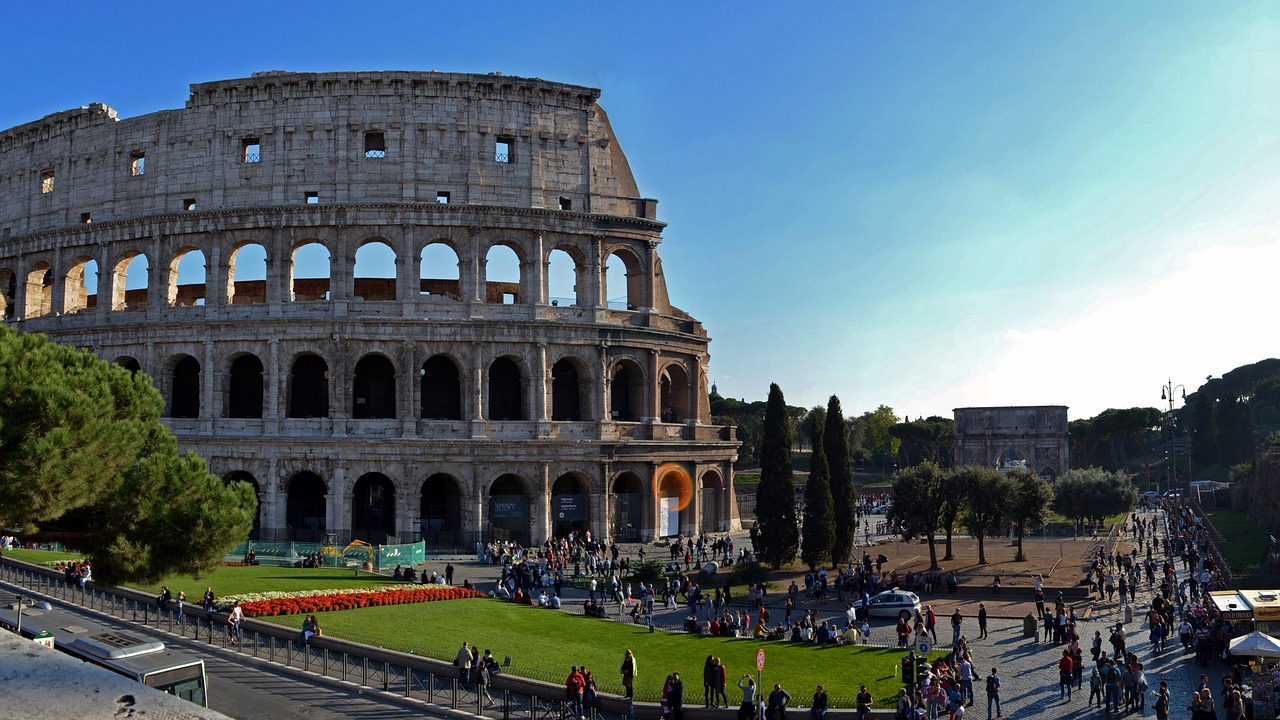
Conflict and Competition Between Religious Sects
During ancient times, Rome was a melting pot of various religious beliefs and practices, leading to intense conflicts and competitions between different religious sects. The city was a battleground where traditional Roman beliefs clashed with imported cults and emerging mystery religions, each vying for followers and influence.
One of the most notable conflicts was the tension between the traditional Roman pantheon and the cult of Isis, an Egyptian goddess who gained popularity among the Roman populace. The followers of Isis challenged the established religious order, causing friction with the Roman authorities and traditionalists.
Moreover, the emergence of mystery religions, such as the cult of Mithras, added another layer of complexity to the religious landscape of Rome. These secretive sects offered initiation rites and promised salvation, attracting followers who sought spiritual fulfillment outside of traditional Roman practices.
The competition between religious sects was not only spiritual but also political, as each group sought to gain favor with the ruling elite and secure privileges and exemptions for their followers. This power struggle often led to violent clashes and social unrest, further complicating the relationship between religion and politics in ancient Rome.
Despite the conflicts, the diversity of religious beliefs in Rome also fostered a sense of tolerance and syncretism, where different cults and practices coexisted and influenced each other. This cultural exchange enriched the religious landscape of Rome, shaping its identity as a cosmopolitan and pluralistic society.
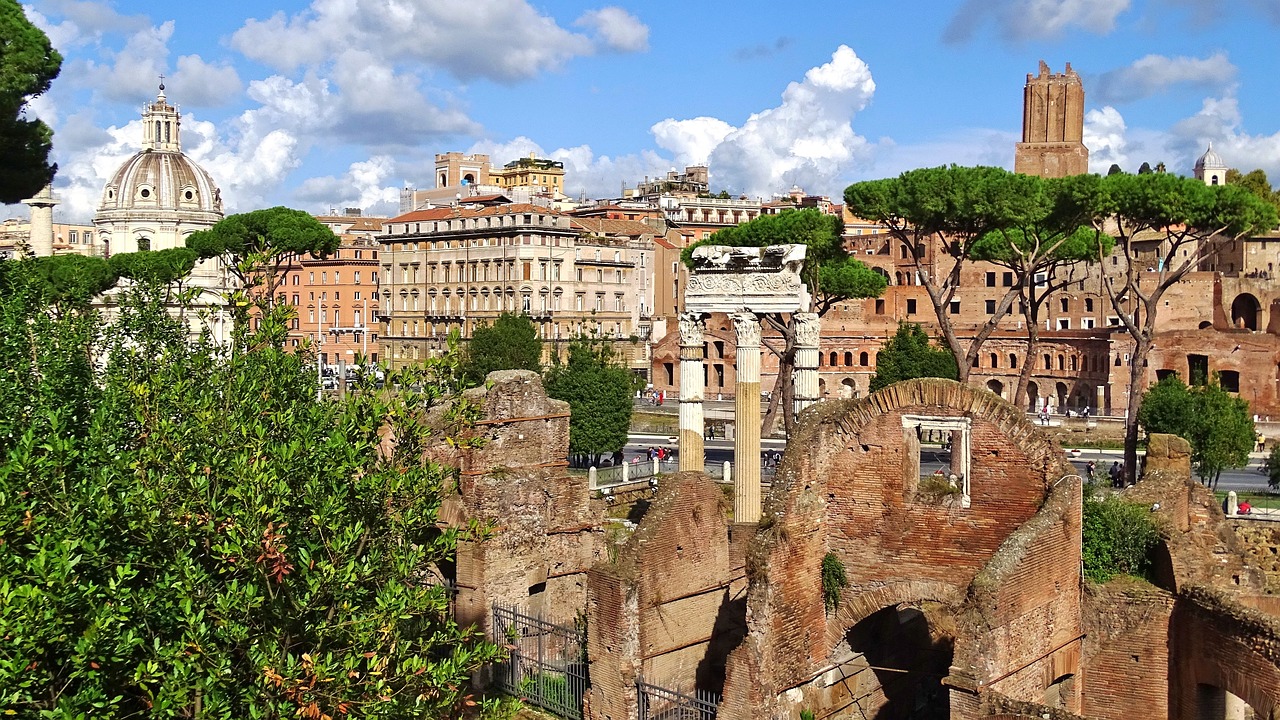
Divine Intervention in Political Affairs
In ancient Rome, the belief in divine intervention played a significant role in shaping political decisions and outcomes. The Romans firmly believed that the gods directly influenced human affairs, and thus, sought their guidance and favor in matters of governance. Leaders often consulted oracles and interpreted omens to make strategic decisions and justify their actions to the public. These divine signs were seen as indicators of the gods' will, guiding rulers in times of crisis or decision-making. For example, the famous tale of Julius Caesar ignoring the warnings of his impending doom, ultimately leading to his assassination, showcases the consequences of disregarding divine messages in political affairs.
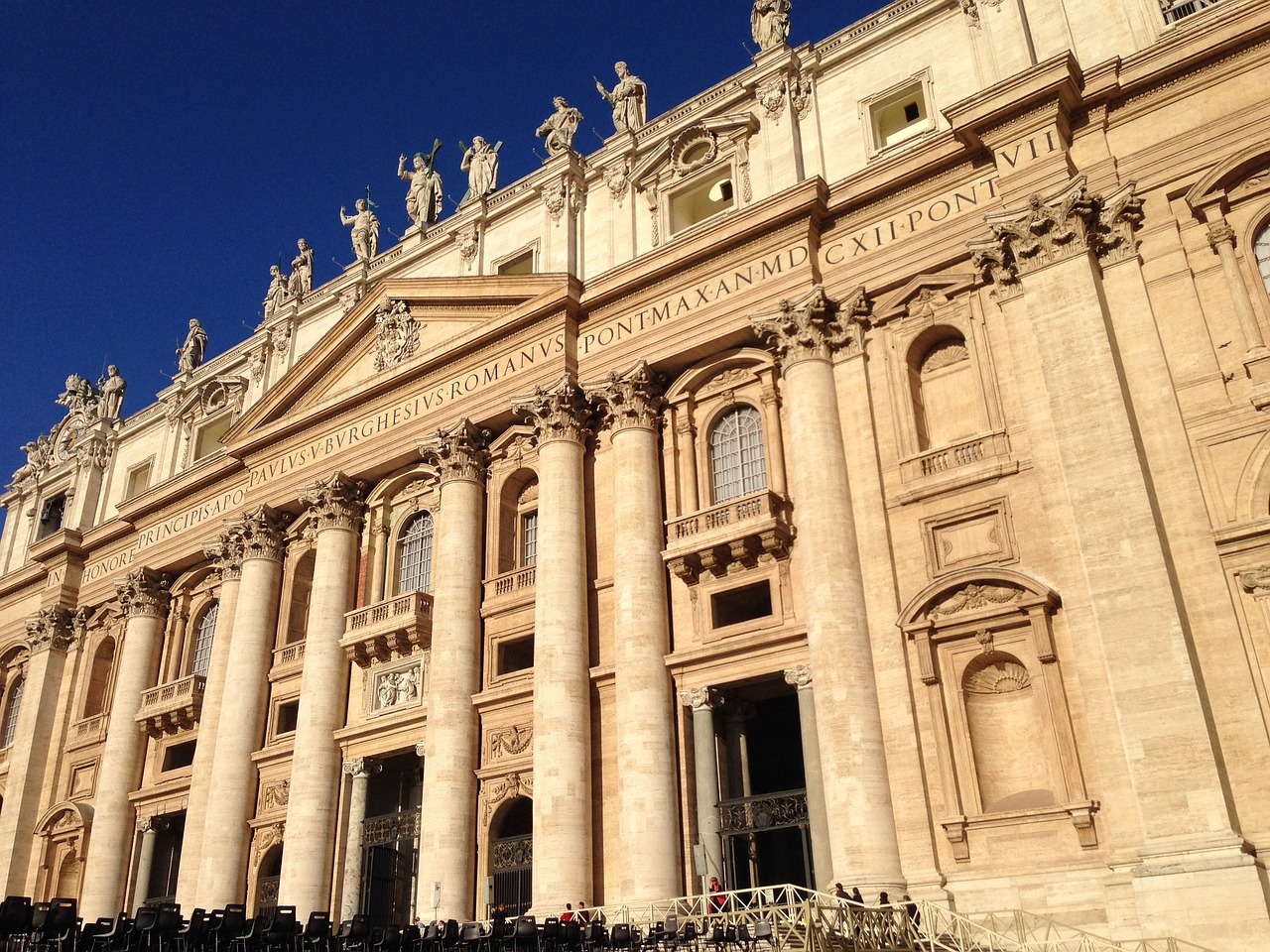
Religious Persecution and State Power
Religious persecution in ancient Rome was a complex interplay of state power and religious authority. The Roman Empire was known for its tolerance of diverse religious practices, but there were instances where certain cults or groups faced persecution. The state wielded significant power in enforcing religious conformity and suppressing dissenting beliefs that were seen as a threat to social order and political stability.
One notable example of religious persecution in ancient Rome was the targeting of Christians. Initially viewed with suspicion due to their refusal to participate in traditional Roman religious practices and their exclusive worship of a single deity, Christians faced sporadic persecution. The state saw them as a potential threat to the established order and unity of the empire, leading to waves of persecution under various emperors.
The enforcement of state power in religious matters was often brutal and unforgiving. Christians were subjected to various forms of punishment, including imprisonment, torture, and execution. These acts of persecution were intended to serve as a deterrent to others who might challenge the authority of the state or the traditional Roman religious framework.
State power was also used to suppress certain cults or practices deemed as superstitious or subversive. The Roman authorities sought to maintain control over religious expression to ensure that beliefs and rituals did not undermine the stability of the empire. This involved the prohibition of certain rites, the closure of temples, and the expulsion of religious leaders who were perceived as threats to the established order.
Overall, religious persecution in ancient Rome was a manifestation of the intricate relationship between politics and religion. The state's use of power to regulate and control religious beliefs and practices reflected its broader efforts to maintain social cohesion and political authority. The legacy of religious persecution in ancient Rome serves as a reminder of the dangers of conflating state power with religious authority and the importance of upholding principles of religious freedom and tolerance in contemporary societies.
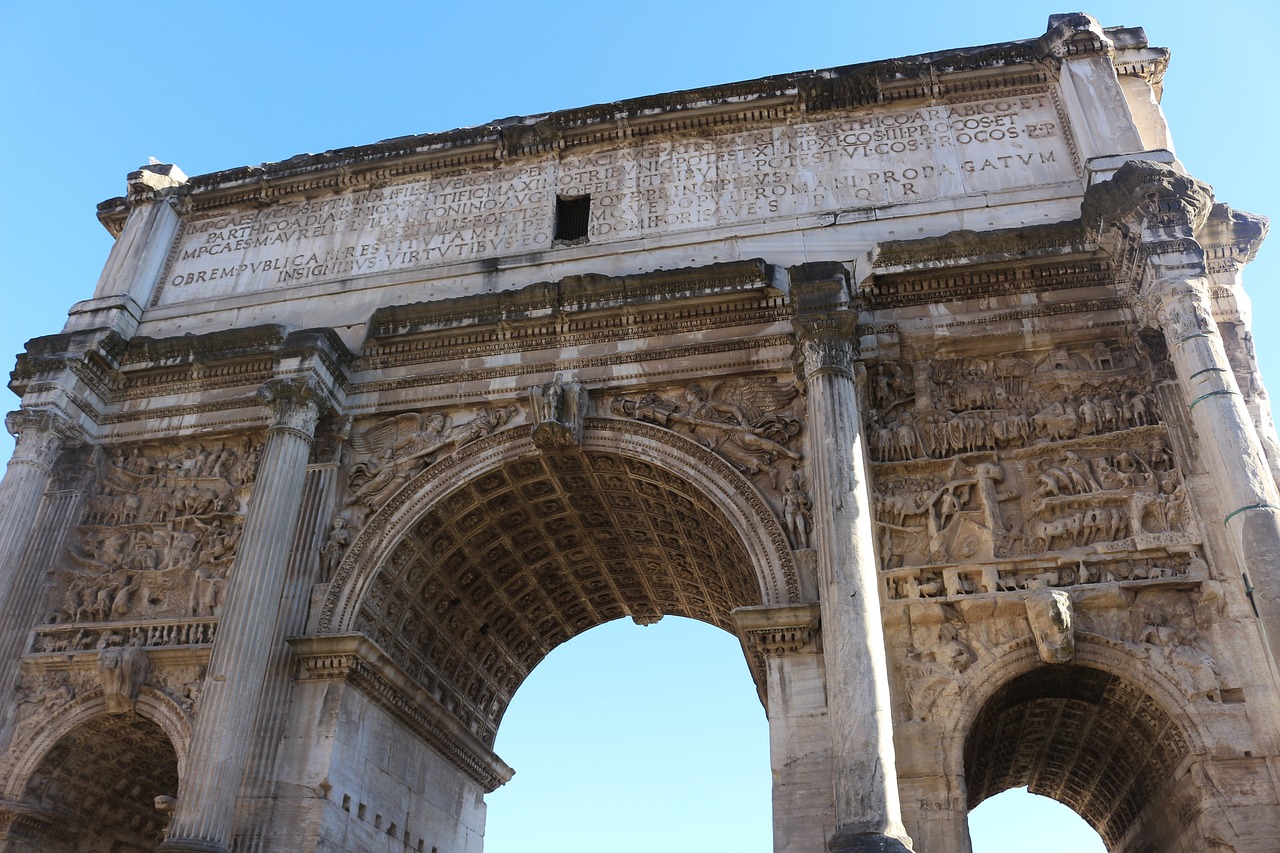
Legacy of Roman Politics and Religion
Reflecting on the enduring legacy of the relationship between politics and religion in ancient Rome unveils a complex web of influence that continues to shape modern societies. The fusion of religious beliefs with political governance in ancient Rome laid the foundation for the intertwining of state and religion in various cultures throughout history. The concept of divine authority and the deification of emperors exemplified how political leaders sought to legitimize their power through religious means, a practice that resonates in contemporary discussions on the intersection of faith and governance.
Moreover, the state-sponsored religion in ancient Rome, with its elaborate public ceremonies and rituals, set a precedent for the use of religious practices to foster unity and social cohesion within a diverse empire. The legacy of utilizing religion as a tool for promoting loyalty and order within a society can be observed in the ceremonial aspects of modern governance, where symbolic gestures and religious rituals continue to play a significant role in conveying authority and tradition.
Furthermore, the conflicts and competition between different religious sects in ancient Rome underscore the enduring challenge of religious pluralism and coexistence in societies. The tensions between traditional Roman beliefs, imported cults, and emerging mystery religions mirror contemporary debates on religious diversity and the boundaries of religious tolerance. The legacy of navigating religious diversity and managing competing belief systems continues to influence modern approaches to multiculturalism and religious freedom.
Additionally, the dynamics of religious persecution in ancient Rome, where state power was used to enforce religious conformity and suppress dissenting beliefs, highlight the enduring struggle between religious autonomy and state control. The legacy of religious persecution serves as a cautionary tale against the abuse of power in the name of religious orthodoxy, prompting ongoing discussions on the balance between individual freedoms and state authority in matters of faith.
In conclusion, the legacy of the relationship between politics and religion in ancient Rome serves as a rich tapestry of historical lessons and enduring influences that resonate in contemporary society. By examining the complexities of this intricate relationship, we gain insights into the challenges and opportunities inherent in navigating the intersection of belief systems, governance structures, and societal norms, shaping our understanding of the evolving dynamics between politics and religion.
Frequently Asked Questions
- What were the main religious practices in ancient Rome?
Ancient Rome had a rich tapestry of religious practices, including rituals, sacrifices, and festivals dedicated to various gods and goddesses. Priests played a crucial role in maintaining spiritual connections with the divine and overseeing these ceremonies.
- How did political institutions interact with religious beliefs in ancient Rome?
Political institutions in ancient Rome, such as the Senate and the office of the consuls, often intertwined with religious beliefs. Emperors were sometimes deified, blurring the lines between political power and divine authority.
- What was the significance of the deification of emperors in ancient Rome?
The deification of emperors served to elevate their status to that of gods, reinforcing their authority and control over the Roman populace. This practice also influenced the relationship between politics and religion, shaping the societal power structures.
- How did conflicts between religious sects impact ancient Roman society?
Conflicts and competition between different religious sects in ancient Rome created tensions within society. Traditional Roman beliefs clashed with imported cults and mystery religions, leading to a diverse religious landscape with varying degrees of acceptance.
- Did divine intervention play a role in political decision-making in ancient Rome?
Ancient Romans often sought divine guidance through prophecies, omens, and oracles to make important political decisions. The belief in divine intervention influenced rulers and justified their actions to the public.
- How did religious persecution shape the relationship between state power and belief systems in ancient Rome?
Religious persecution in ancient Rome, including the suppression of certain cults and the persecution of Christians, showcased the use of state power to enforce religious conformity. This dynamic highlighted the intersection of politics and religion in the Roman Empire.













